How Do I Import Figma to Shopify?
Importing your meticulously designed Figma creations into your Shopify store can elevate your website's aesthetics and user experience.
July 31, 2023In recent years, ecommerce has undergone a paradigm shift in its architecture. Traditional ecommerce systems relied on a monolithic architecture, where the front-end and back-end were tightly coupled. However, with the increasing demand for seamless omnichannel experiences, the limitations of the traditional ecommerce architecture have become more apparent. To overcome these limitations, ecommerce businesses are turning to headless commerce architecture.
What is Headless Commerce Architecture?
Headless commerce architecture is a decoupled ecommerce system that separates the front-end and back-end of an ecommerce website. In a headless commerce system, the front-end is responsible for user interface and experience, while the back-end handles all the business logic and data management.

How Does Headless Commerce Work?
In a headless commerce architecture, the front-end communicates with the back-end via APIs (Application Programming Interfaces). This allows the front-end to consume data from the back-end in a flexible manner, without being bound by the limitations of the traditional ecommerce system.
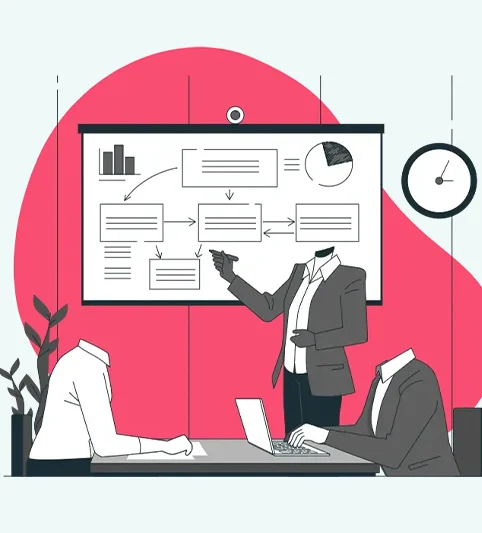
Headless Commerce vs. Traditional Commerce
In a traditional ecommerce system, the front-end and back-end are tightly coupled. This means that any changes to the front-end require changes to the back-end, which can be time-consuming and costly. In contrast, headless commerce allows for independent development of the front-end and back-end, which makes it easier to update and customize the user interface.
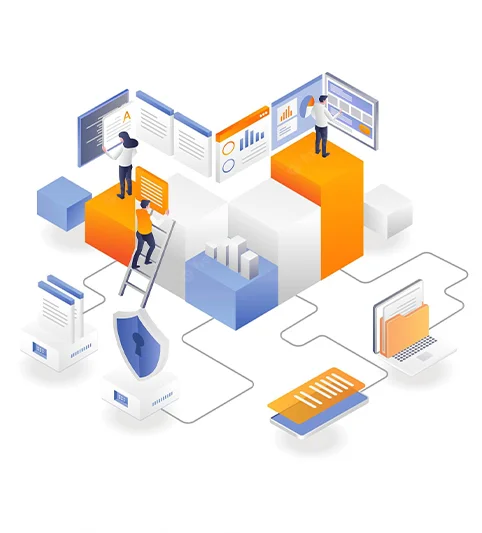
1. Omnichannel Capabilities:
Headless commerce architecture enables ecommerce businesses to deliver a seamless shopping experience across multiple channels, including web, mobile, social media, and IoT devices.

2. Flexibility:
With headless commerce, ecommerce businesses can customize their website's front-end without impacting the back-end's functionality. This allows for a more tailored user experience and greater flexibility in implementing design changes.

3. Scalability
Headless commerce allows ecommerce businesses to scale their website's front-end and back-end independently, providing greater agility in managing peak demand and growth.
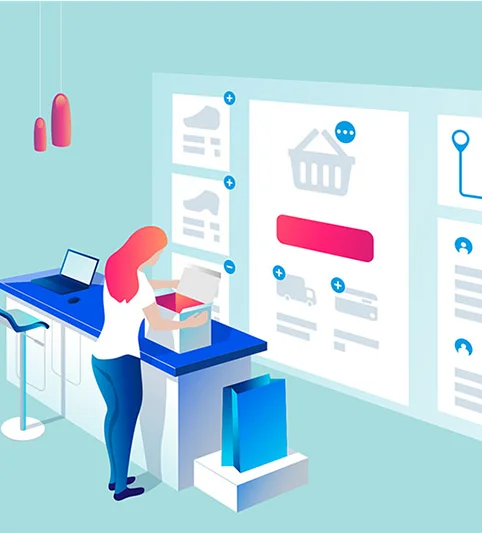
4. Speed to Market
With headless commerce, ecommerce businesses can launch new products and features faster since they can work on the front-end and back-end independently.
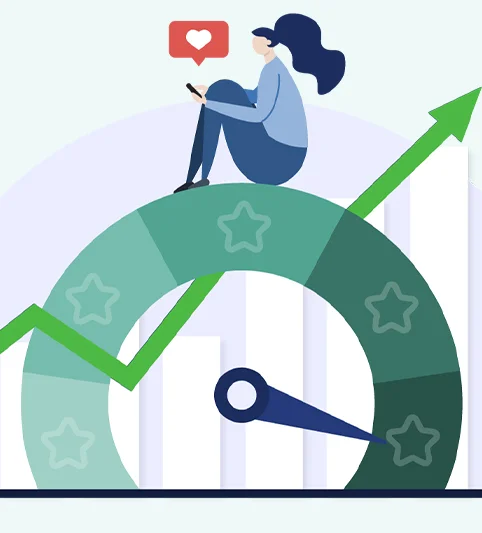
5. Integration Capabilities:
Headless commerce allows for greater integration with third-party services and applications, enabling ecommerce businesses to add new features and functionalities quickly.
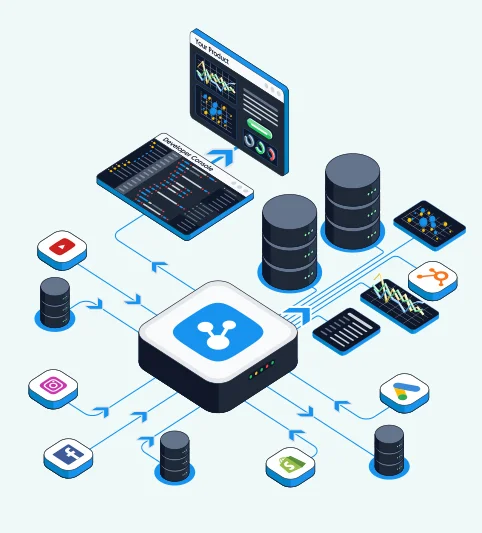
Headless commerce architecture is ideal for ecommerce businesses that require a high degree of flexibility and agility in their online operations. Common use cases for headless commerce include:
1. Retail and Ecommerce Brands
Retail and ecommerce brands that need to deliver a seamless omnichannel experience to their customers can benefit from headless commerce.
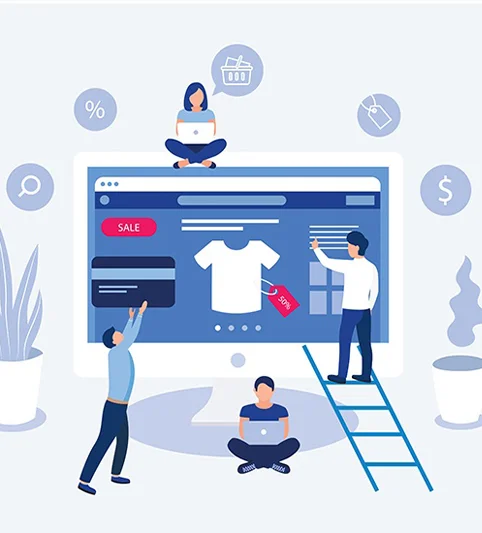
2. Publishers and Content Creators
Headless commerce can enable publishers and content creators to monetize their content by offering a seamless shopping experience to their audience.
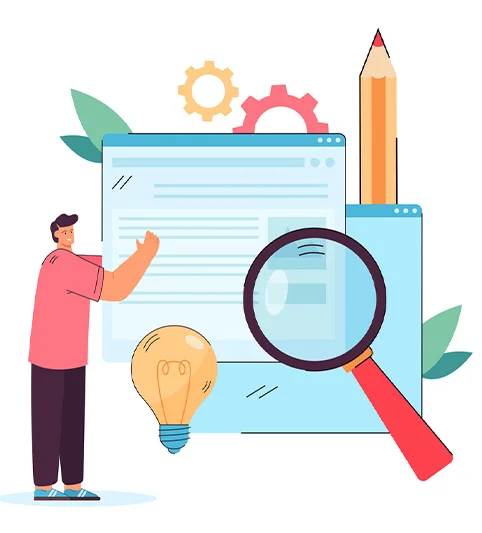
3. B2B and Enterprise Ecommerce
While apps can be useful, installing too many can slow down your site's performance. Consider the benefits before installing another app, and remove any apps that you don't need. Shopify has a built-in app store where you can find and install apps that are specifically designed to work well with their platform. When considering an app, make sure to read reviews and do some research to ensure it's reliable and won't negatively impact your site's speed.
Be mindful of the number of apps you have installed on your site and regularly review them to ensure they are still necessary and contributing positively to your site's performance.

Headless commerce architecture is not a one-size-fits-all solution. While it offers significant advantages over traditional ecommerce systems, it may not be suitable for all ecommerce stores. Businesses that have limited resources, technical expertise, or smaller operations may not benefit from the added complexity of headless commerce.
Getting started with headless commerce requires a significant investment in resources, expertise, and infrastructure. However , for businesses that are willing to invest in headless commerce, the following steps can help them get started:
1. Identify Goals and Requirements:
Before investing in headless commerce, businesses should identify their goals and requirements, such as their desired omnichannel capabilities, scalability, flexibility, and integration needs.

2. Assess Technical Expertise:
Headless commerce requires technical expertise in web development, APIs, and microservices. Businesses should assess their existing technical expertise and identify any gaps that need to be filled.

3. Choose a Platform:
There are several headless commerce platforms available in the market, each with its own features, capabilities, and pricing. Businesses should choose a platform that best aligns with their goals and requirements.
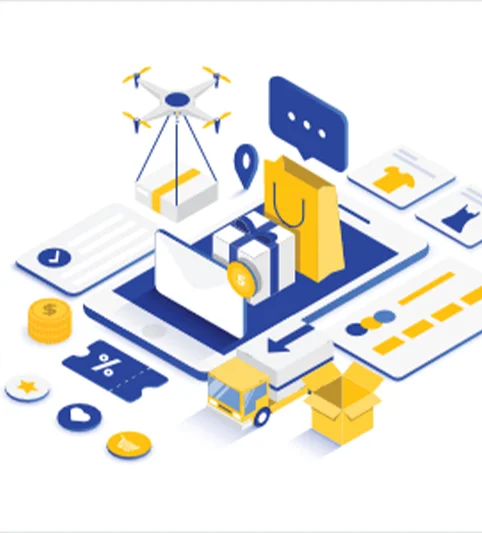
4. Plan the Architecture:
Headless commerce architecture requires a clear plan for the front-end, back-end, and API integrations. Businesses should work with experienced developers and architects to plan their architecture.
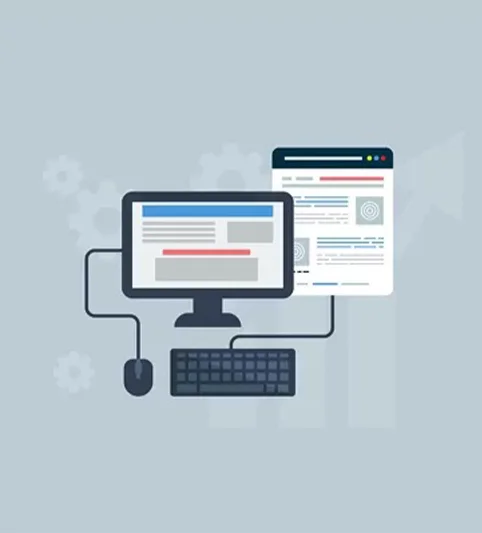
5. Develop and Test:
Once the architecture is planned, businesses can begin developing and testing their headless commerce system. This involves developing the front-end, back-end, and API integrations, as well as testing the system for functionality, scalability, and performance.

6. Launch and Iterate:
After the system is developed and tested, businesses can launch their headless commerce system and begin iterating on it. This involves analyzing user behavior, gathering feedback, and making continuous improvements to the system.

There are several headless commerce platforms available in the market, each with its own features, capabilities, and pricing. Here are seven popular headless commerce platforms:
1. Shopify Plus:
Shopify Plus is a cloud-based ecommerce platform that offers headless commerce capabilities through its Storefront API.
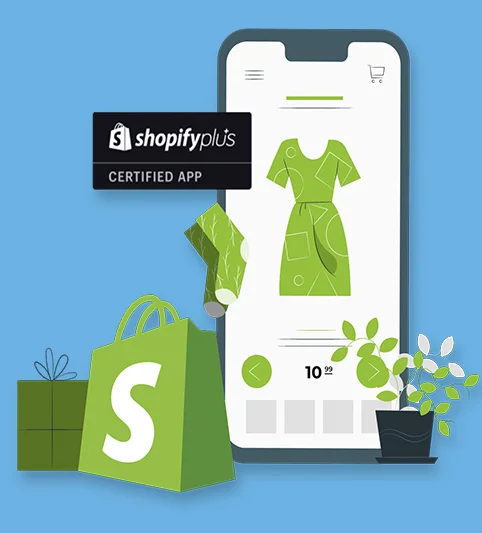
2. BigCommerce:
BigCommerce is a cloud-based ecommerce platform that offers headless commerce capabilities through its Storefront API.
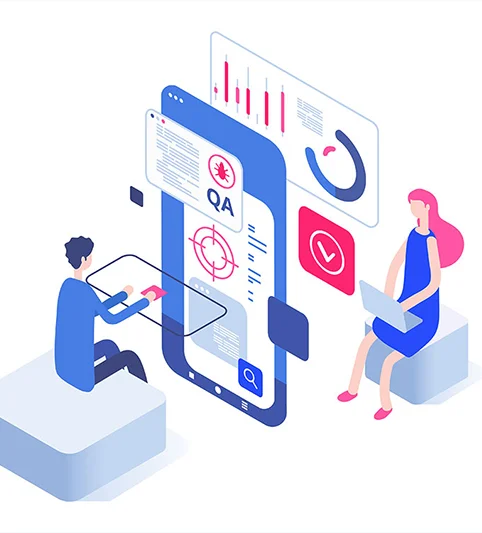
3. Magento:
Magento is an open-source ecommerce platform that offers headless commerce capabilities through its GraphQL API.

4. Elastic Path:
Elastic Path is a headless commerce platform that offers a suite of APIs for building custom ecommerce experiences.

5. CommerceTools:
CommerceTools is a cloud-based headless commerce platform that offers a suite of APIs for building custom ecommerce experiences.
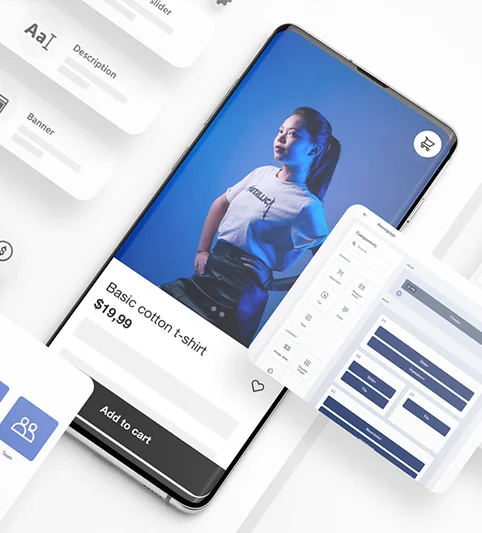
6. Reaction Commerce:
Reaction Commerce is an open-source headless commerce platform that offers a suite of APIs for building custom ecommerce experiences.
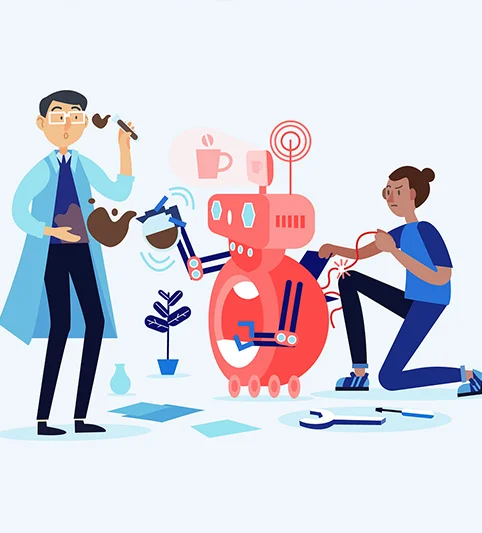
Many businesses have successfully implemented headless commerce architecture. Here are a few examples:
1. Nike:
Nike implemented headless commerce to deliver a seamless shopping experience across multiple channels, including web, mobile, and in-store kiosks.
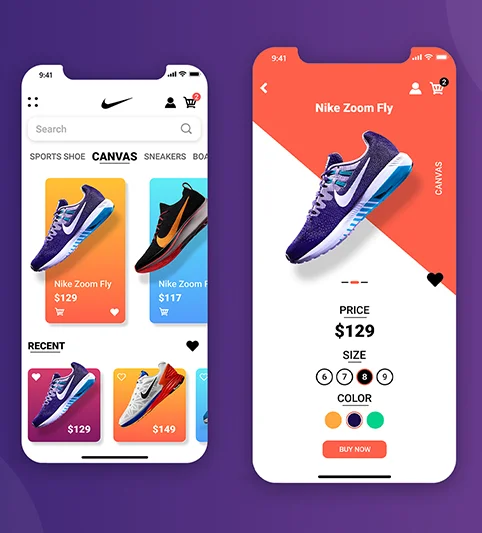
2. Glossier:
Glossier implemented headless commerce to offer a personalized shopping experience to their customers by customizing the front-end based on user behavior.

3. Lush:
Lush implemented headless commerce to streamline their online operations and offer a seamless omnichannel experience to their customers.

Ready to Go Headless?
Headless commerce architecture offers significant advantages over traditional ecommerce systems, including greater flexibility, scalability, and integration capabilities. However, it requires a significant investment in resources, expertise, and infrastructure. For businesses that are willing to invest in headless commerce, it can offer a competitive advantage and enable them to deliver a seamless shopping experience to their customers.
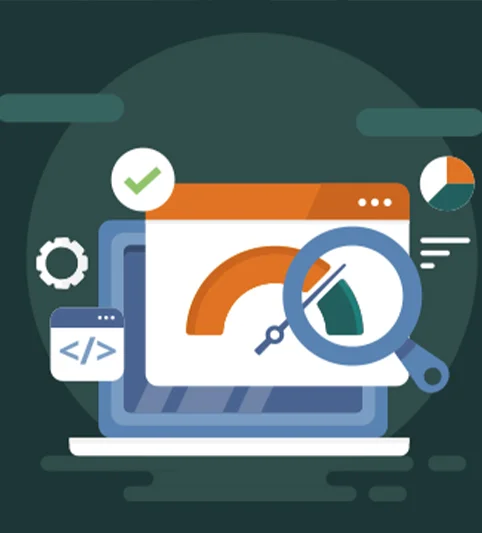
#headlesscommerce
#ecommerce
#onlineshopping
#omnichannel
#flexibility
#scalability
#integration
#API
#microservices
#shopifyplus
#bigcommerce
#magento
#elasticpath
#commercetools
#moltin
#reactioncommerce
#nike
#glossier
#lush
#tech
#webdevelopment
#onlinesales
#digitaltransformation

Transform Your online presence with Toronto's Trusted Web Development, Graphic Design, and E-commerce Specialists. Enhance Your Online Presence Today.

